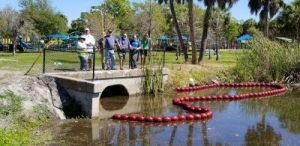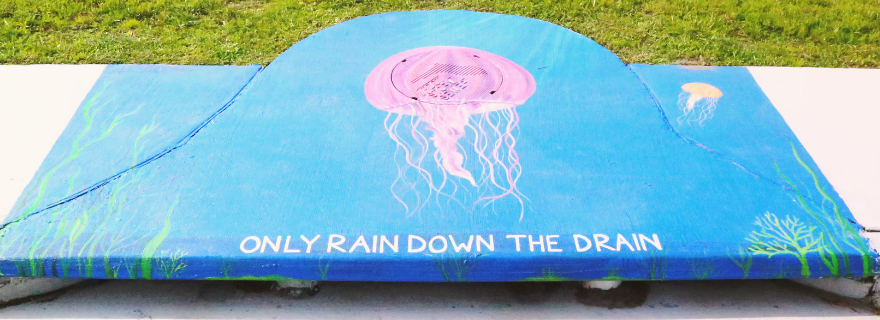
The Tampa Bay Regional Planning Council and Florida Department of Transportation are now accepting applications to fund stormwater education from governments and organizations in Hillsborough, Pinellas and Pasco counties.
“In the past, we’ve haven’t specified target audiences for these funds,” said Alana Todd, environmental planner for the TBRPC. “This year, we’re asking applicants to focus on audiences that have a significant impact on stormwater and water quality in our region.”
Specific audiences for the 2021 grants include the construction and development, lawn care and landscaping, and tourism and hospitality industries, as well as homeowners associations.
“The goal is to reach out to audiences who have the most impact on stormwater,” adds John Iten, FDOT’s environmental coordinator.
With many sources of pollution now prevented at their source, stormwater has become the leading cause of pollution in Tampa Bay. As water flows over lawns, driveways and parking lots, it picks up fertilizers, oil, chemicals, grass clippings, and pet waste. Most stormwater in the region is not treated before it discharges to nearby rivers, lakes or the bay.
A total of $80,000 is available for programs that help businesses, residents and visitors take steps to improve the quality of stormwater runoff in the Tampa Bay region. Individual grants are capped at $15,000 with an application deadline of Sept. 8.

“Stormwater pollution is much easier to prevent than it is to clean up,” Todd said. “For instance, a bag of fertilizer may cost a homeowner $25 but it could cost local governments hundreds of dollars to capture those pollutants before they enter Tampa Bay.”
More than 6,500 homeowners associations across Pinellas, Hillsborough, and Pasco counties own vast amounts of stormwater infrastructure as well as landscapes, natural areas and wetlands. “Managing those lands properly and working with HOAs to implement green practices could have a significant benefit for the region,” Todd said.
Restaurants and hotels, often located along waterfronts, can also have a noteworthy impact on water quality. “Improper waste disposal and illicit discharges of grease, chemicals, food waste can end up in stormwater without good management policies,” she said.
Finally, runoff from construction sites also is a significant source of pollution that can be contained with proper education and best management practices onsite.
Other criteria for the funding include:
- Program and message results in increased awareness of water quality issues and behavior changes which lead to improved water quality;
- Defines clear participation and engagement strategies for target audiences;
- Can be replicated by other entities;
- Is consistent with the Tampa Bay Estuary Program’s Comprehensive Conservation & Management Plan, the Southwest Florida Water Management District’s SWIM Plans, and/or other federal environmental strategies and goals;
- Includes a method for evaluating their effectiveness and provides a positive cost-benefit ratio.
Applications which are regionally appropriate and include cross-jurisdictional collaboration are strongly encouraged
Previous funds have helped create high-visibility projects like truck wrappings, bus shelters and movie trailers for local governments as well as drain markers, brochures and outreach programs by the Museum of Science and Industry and Keep Pinellas Beautiful. Bay Soundings is also partially funded through this grant program.
Learn more at http://www.tbrpc.org/stormwaterfunding/
